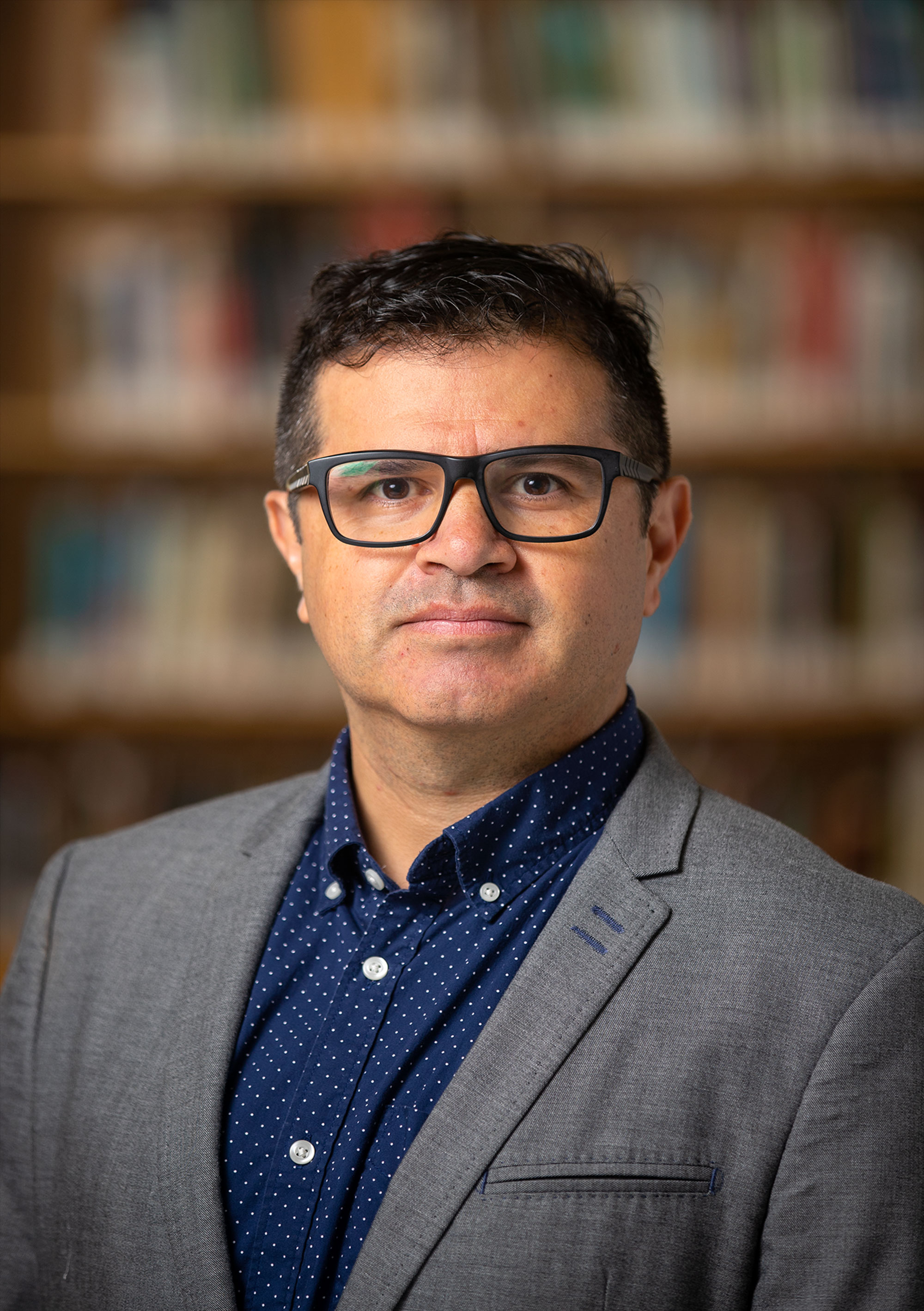Robotic Swimmer Sheds Light on Microorganisms
A self-propelled robot is helping researchers better understand the complex swimming behaviors of bacteria and other microorganisms.
A self-propelled robot is helping researchers better understand the complex swimming behaviors of bacteria and other microorganisms.
Microorganisms like bacteria are performing a remarkable feat simply by moving around. The effects of viscosity are amplified at small scale, which means a microorganism swimming in water is a bit like a person trying to do the backstroke in a tar pit.
“ We have mathematical models that make approximations of how it works, but to improve those approximations we need to make detailed measurements of the velocity fields around these organisms. By making a device that can mimic that swimming as closely as possible, we hope to make some of those measurements. ”
A team of Brown students and faculty has developed a new tool to help researchers better understand how they do it: a robotic swimmer that mimics the action of a flagellum, the hair- like appendage that many microorganisms use for locomotion. By bringing that swimming action into the macroscopic world, the device makes it easier to study the fluid dynamics of flagellar movement. The team hopes that insights produced by the device could be useful in investigations of everything from fertility treatments to the spread of infectious disease.

“Microorganisms use an incredibly complex form of locomotion,” said Roberto Zenit, a professor in Brown’s School of Engineering. “We have mathematical models that make approximations of how it works, but to improve those approximations we need to make detailed measurements of the velocity fields around these organisms. By making a device that can mimic that swimming as closely as possible, we hope to make some of those measurements.”
Zenit had previously developed a pill-sized device containing a magnet that could be made to “swim” using an oscillating magnetic field. The device was a reasonable approximation of bacterial swimming, but Zenit wanted to improve upon it, so he turned to Daniel Harris, an assistant professor of engineering whose lab specializes in building custom devices for fluid dynamics research. Under Harris’s direction, a team of undergraduates worked to come up with a prototype.
The team performed a series of experiments with the device in a mixture of corn syrup and water, which approximates the viscosity of a microscale swimmer plowing through water alone. The results showed that the device’s performance is in line with the predictions of a simple resistive force model, the same theory frequently applied to rationalize the motion of the device’s microscopic counterpart. Having validated the device, the team now plans a variety of experiments to shed new light on helical swimming.


